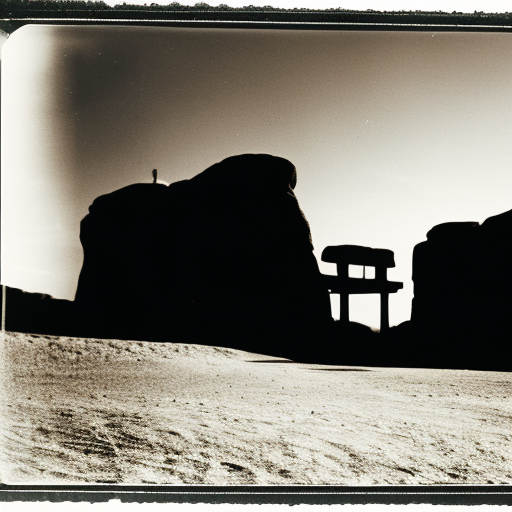The Chaco Culture
The Chaco Culture refers to a complex society that thrived in the American Southwest from around 850 to 1250 CE. This culture is known for its impressive architecture, advanced agricultural practices, and extensive trade networks. The heart of the Chaco Culture was located in what is now northwestern New Mexico, with the largest and most significant site being Chaco Canyon.
Architecture and Great Houses
One of the most remarkable aspects of the Chaco Culture is its architecture. The people of this culture built massive structures known as Great Houses, which were multi-story buildings made of stone and mortar. These structures were often aligned with celestial events and had intricate designs. The most famous Great House is Pueblo Bonito, which had over 600 rooms and was the largest structure in North America until the 19th century.
Agriculture and Irrigation
The Chaco Culture relied heavily on agriculture to sustain its population. Despite the arid environment, the Chacoans developed advanced irrigation systems to cultivate crops such as maize, beans, and squash. They constructed canals and dams to divert water from nearby rivers and created terraced fields to maximize agricultural productivity. This sophisticated agricultural system allowed the Chacoans to support a large population and engage in trade with neighboring communities.
Trade and Exchange
The Chaco Culture was involved in extensive trade networks that spanned hundreds of miles. They traded goods such as turquoise, shell jewelry, pottery, and macaw feathers. These trade networks connected the Chacoans with other Native American groups in the region, including the Ancestral Puebloans, the Mogollon, and the Hohokam. The Chacoans’ ability to acquire and distribute exotic goods suggests a highly organized and centralized society.
Religion and Ceremonial Centers
Religion played a significant role in the Chaco Culture. The people of this culture built numerous ceremonial centers, which were often located near the Great Houses. These centers included kivas, underground chambers used for religious rituals and ceremonies. The Chacoans also constructed impressive road systems that connected the ceremonial centers, indicating the importance of pilgrimage and communal gatherings in their religious practices.
Decline and Abandonment
Around 1150 CE, the Chaco Culture began to decline. The reasons for this decline are still debated among archaeologists, but theories include environmental changes, social unrest, and resource depletion. The once-thriving Chacoan society gradually abandoned the region, leaving behind their impressive architectural structures and intricate road systems. The descendants of the Chacoans are believed to be the modern Pueblo peoples who still inhabit the Southwest today.
Legacy and Archaeological Significance
The Chaco Culture has left a lasting legacy in the American Southwest. The architectural achievements of the Chacoans continue to inspire awe and admiration. The complex social and economic systems they developed provide valuable insights into prehistoric Native American societies. Chaco Canyon and its surrounding sites have been designated as a UNESCO World Heritage Site, recognizing their cultural and historical significance.
In conclusion, the Chaco Culture was a complex society that thrived in the American Southwest from around 850 to 1250 CE. Their impressive architecture, advanced agricultural practices, extensive trade networks, and rich religious traditions make them a fascinating subject of study. The decline and abandonment of the Chacoan sites only add to the mystery and allure of this ancient culture.












